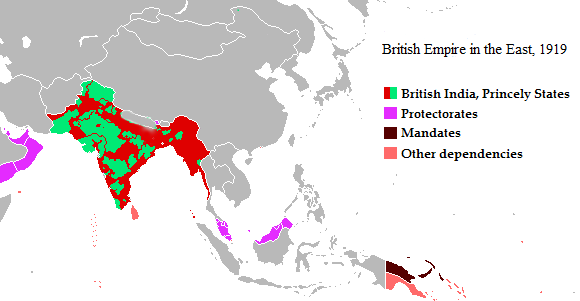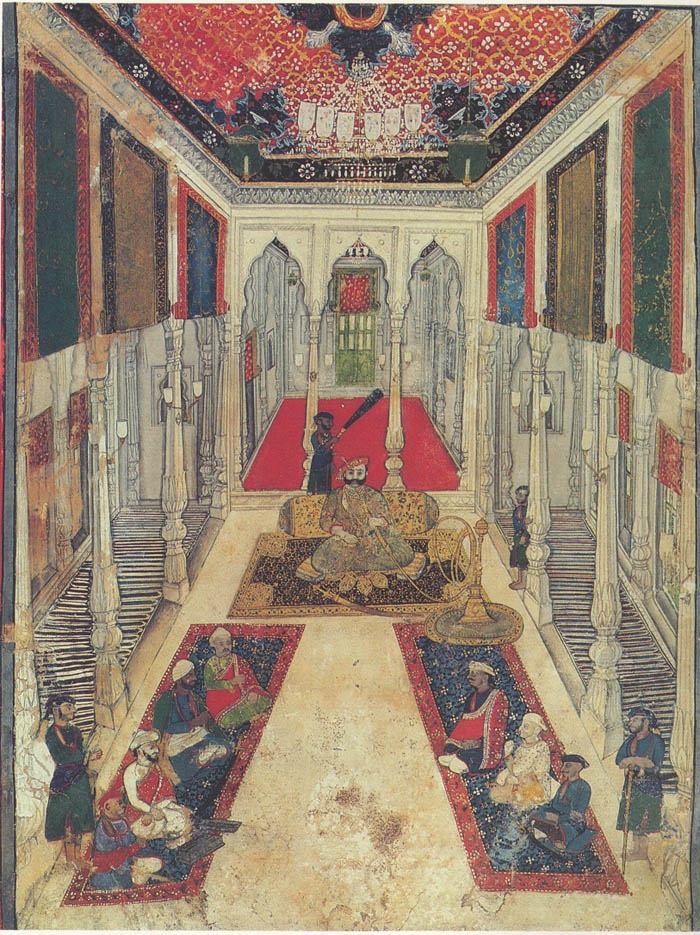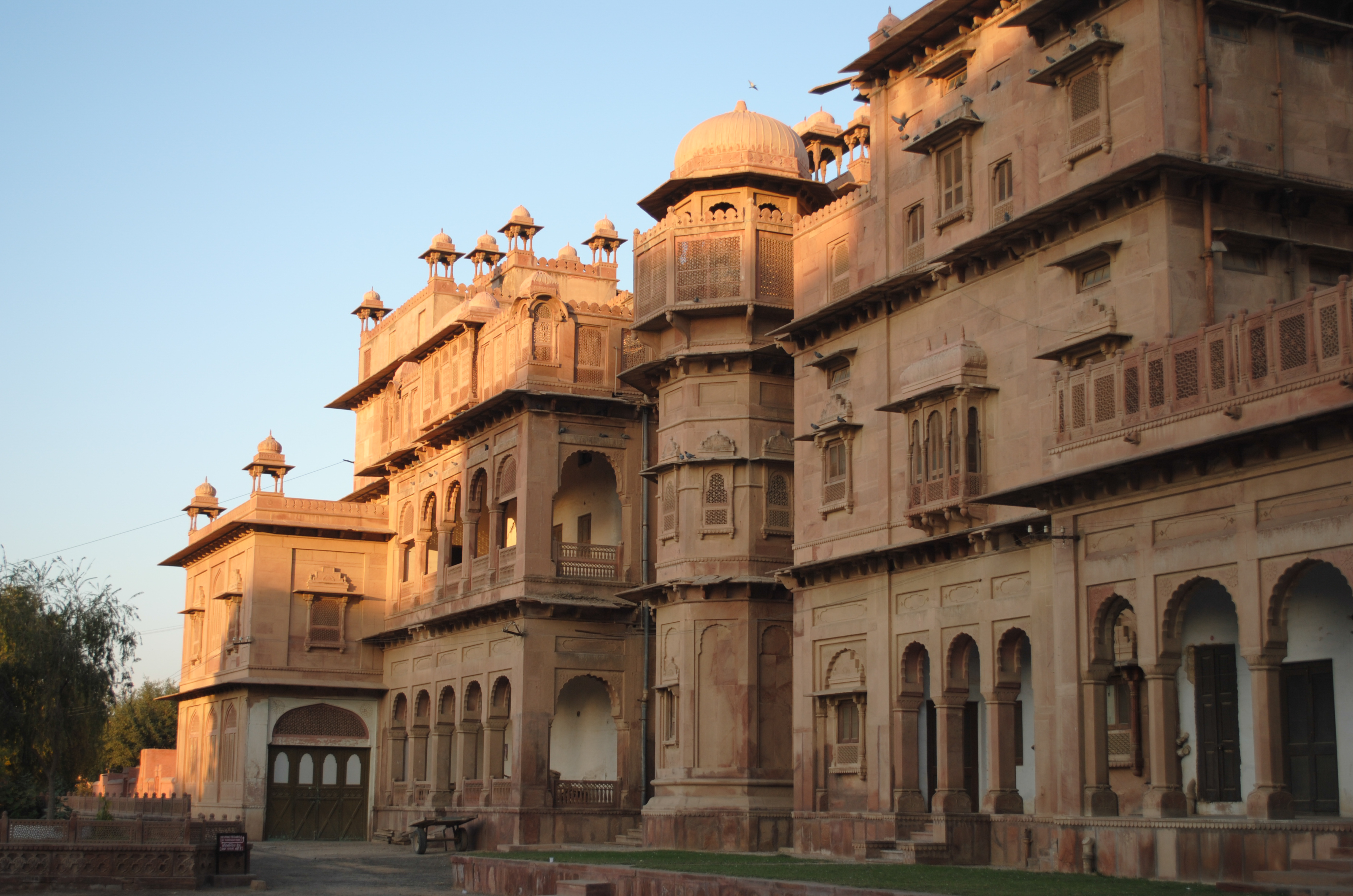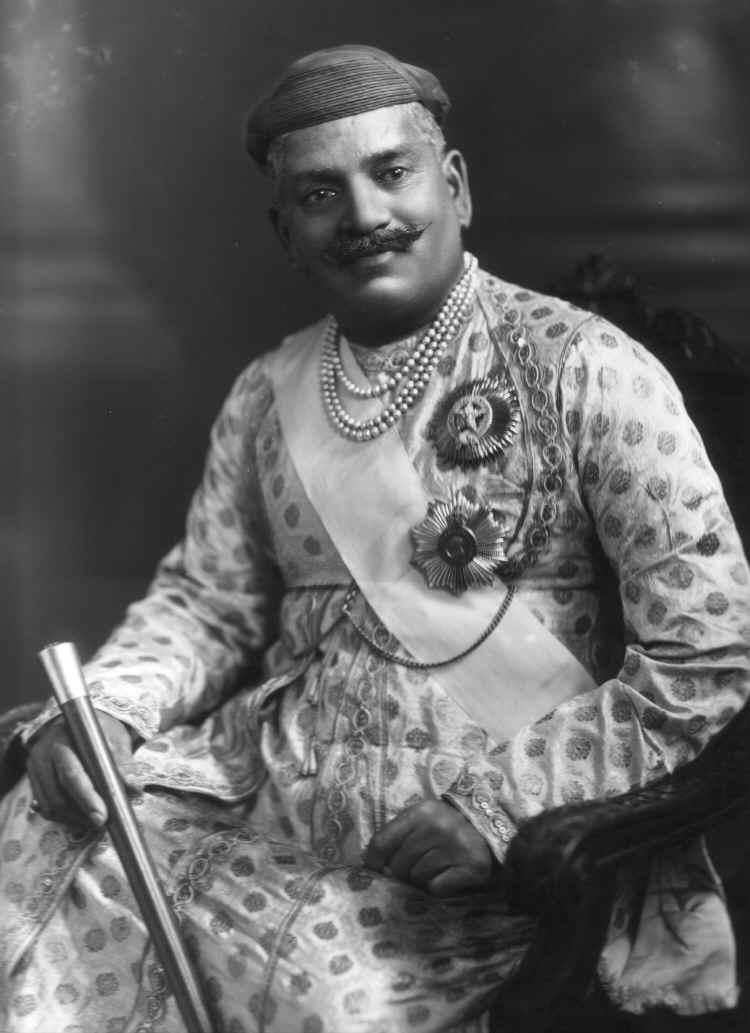|
Rajpara State (Halar)
Rajpara (originally Rajpura) is a village and former Hindu non- salute Rajput princely state (native state) on Saurashtra peninsula in Gujarat, western India. History The Fifth Class Non-Salute Princely state and taluka, in Halar ''prant'', was ruled by Jadeja Rajput Chieftains by primogeniture. It is an offshoot of the Kotda-Sangani State, whose first Thakur (title) Togujiraj, the founder of the house, the second son of Sangoji of Kotda-Sangani, received in appanage (jagir) with some other villages. In 1901 it comprised twelve more villages, covering 39 square kilometers, with a combined population of 1,862 in 1901 (2,268 in 1921), yielding 13,654 Rupees state revenue (1903-4, mostly from land; later 27,000 Rs), paying 3,163 Rupees tribute, to the British and Junagadh State. The Rajpura housed one of the most elegant houses in its time, the royal house, Rangmahel, having a scenic landscape surrounding itself, also served as the administrative office of the Taluk ... [...More Info...] [...Related Items...] OR: [Wikipedia] [Google] [Baidu] |
Salute State
A salute state was a princely state under the British Raj that had been granted a gun salute by the British Crown (as paramount ruler); i.e., the protocolary privilege for its ruler to be greeted—originally by Royal Navy ships, later also on land—with a number of cannon shots, in graduations of two salutes from three to 21, as recognition of the state's relative status. The gun-salute system of recognition was first instituted during the time of the East India Company in the late 18th century and was continued under direct Crown rule from 1858. As with the other princely states, the salute states varied greatly in size and importance. The states of Hyderabad and Jammu and Kashmir, both with a 21-gun salute, were each over 200,000 km2 in size, or slightly larger than the whole of Great Britain; in 1941, Hyderabad had a population of over 16,000,000, comparable to the population of Romania at the time, while Jammu and Kashmir had a population of slightly over 4 million ... [...More Info...] [...Related Items...] OR: [Wikipedia] [Google] [Baidu] |
Primogeniture
Primogeniture ( ) is the right, by law or custom, of the firstborn legitimate child to inheritance, inherit the parent's entire or main estate (law), estate in preference to shared inheritance among all or some children, any illegitimate child or any collateral relative. In most contexts, it means the inheritance of the firstborn son (agnatic primogeniture); it can also mean by the firstborn daughter (matrilineal primogeniture). Description The common definition given is also known as male-line primogeniture, the classical form popular in European jurisdictions among others until into the 20th century. In the absence of male-line offspring, variations were expounded to entitle a daughter or a brother or, in the absence of either, to another collateral relative, in a specified order (e.g. male-preference primogeniture, Salic primogeniture, semi-Salic primogeniture). Variations have tempered the traditional, sole-beneficiary, right (such as French appanage) or, in the West since ... [...More Info...] [...Related Items...] OR: [Wikipedia] [Google] [Baidu] |
The Rangmahel
''The'' () is a grammatical article in English, denoting persons or things that are already or about to be mentioned, under discussion, implied or otherwise presumed familiar to listeners, readers, or speakers. It is the definite article in English. ''The'' is the most frequently used word in the English language; studies and analyses of texts have found it to account for seven percent of all printed English-language words. It is derived from gendered articles in Old English which combined in Middle English and now has a single form used with nouns of any gender. The word can be used with both singular and plural nouns, and with a noun that starts with any letter. This is different from many other languages, which have different forms of the definite article for different genders or numbers. Pronunciation In most dialects, "the" is pronounced as (with the voiced dental fricative followed by a schwa) when followed by a consonant sound, and as (homophone of the archaic pro ... [...More Info...] [...Related Items...] OR: [Wikipedia] [Google] [Baidu] |
Rajpura Coat Of Arms
Rajpura () is a city in Patiala district in the Indian state of Punjab, India, situated along the border of the Indian state of Haryana. It is located 26 KM Patiala city, towards East from District Head Quarter. It is Tehsil Head Quarter. Rajpura is the largest tehsil of the district. Geography Rajpura is located at . It has an average elevation of 259 metres (849 feet). Rajpura is situated nearly 38 km south west of Chandigarh, the capital city of Punjab. Besides being an important industrial town of Punjab, it also has historical importance. Rajpura is surrounded by a number of major cities like Patiala (22 km west), Ambala (20 km south) and Ludhiana (83 km north). Rajpura acts as middle point between Amritsar and Delhi on National Highway 44 as these cities are 225 km away from Rajpura in opposite directions. Demographics In the 2011 India census, Rajpura Municipal Council had a population of 391,011 including 206,801 (52.89%) males ... [...More Info...] [...Related Items...] OR: [Wikipedia] [Google] [Baidu] |
Junagadh State
Junagarh or Junagadh ( ur, ) was a princely state in Gujarat ruled by the Muslim Babi dynasty in British India, until its integration into the Union of India in 1948. History Muhammad Sher Khan Babai was the founder of the Babi Pashtun dynasty of Junagarh in 1654. His descendants, the Babi Nawabs of Junagarh, conquered large territories in southern Saurashtra. However, during the collapse of the Mughal Empire, the Babis became involved in a struggle with the Gaekwad dynasty of the Maratha Empire over control of Gujarat during the reign of the local Mohammad Mahabat Khanji I. Mohammad Khan Bahadur Khanji I declared independence from the Mughal governor of Gujarat subah, and founded the state of Junagarh in 1730. This allowed the Babi to retain sovereignty of Junagarh and other princely states. During the reign of his heir Junagarh was a tributary to the Maratha Empire, until it came under British suzerainty in 1807 under Mohammad Hamid Khanji I, following the Second Ang ... [...More Info...] [...Related Items...] OR: [Wikipedia] [Google] [Baidu] |
British Raj
The British Raj (; from Hindi language, Hindi ''rāj'': kingdom, realm, state, or empire) was the rule of the British The Crown, Crown on the Indian subcontinent; * * it is also called Crown rule in India, * * * * or Direct rule in India, * Quote: "Mill, who was himself employed by the British East India company from the age of seventeen until the British government assumed direct rule over India in 1858." * * and lasted from 1858 to 1947. * * The region under British control was commonly called India in contemporaneous usage and included areas directly administered by the United Kingdom of Great Britain and Ireland, United Kingdom, which were collectively called Presidencies and provinces of British India, British India, and areas ruled by indigenous rulers, but under British British paramountcy, paramountcy, called the princely states. The region was sometimes called the Indian Empire, though not officially. As ''India'', it was a founding member of the League of Nations, a ... [...More Info...] [...Related Items...] OR: [Wikipedia] [Google] [Baidu] |
Rajpura Durbargadh
Rajpura () is a city in Patiala district in the Indian state of Punjab, India, situated along the border of the Indian state of Haryana. It is located 26 KM Patiala city, towards East from District Head Quarter. It is Tehsil Head Quarter. Rajpura is the largest tehsil of the district. Geography Rajpura is located at . It has an average elevation of 259 metres (849 feet). Rajpura is situated nearly 38 km south west of Chandigarh, the capital city of Punjab. Besides being an important industrial town of Punjab, it also has historical importance. Rajpura is surrounded by a number of major cities like Patiala (22 km west), Ambala (20 km south) and Ludhiana (83 km north). Rajpura acts as middle point between Amritsar and Delhi on National Highway 44 as these cities are 225 km away from Rajpura in opposite directions. Demographics In the 2011 India census, Rajpura Municipal Council had a population of 391,011 including 206,801 (52.89%) males ... [...More Info...] [...Related Items...] OR: [Wikipedia] [Google] [Baidu] |
Jagir
A jagir ( fa, , translit=Jāgir), also spelled as jageer, was a type of feudal land grant in the Indian subcontinent at the foundation of its Jagirdar (Zamindar) system. It developed during the Islamic rule era of the Indian subcontinent, starting in the early 13th century, wherein the powers to govern and collect tax from an estate was granted to an appointee of the state.Jāgīrdār system: INDIAN TAX SYSTEM Encyclopædia Britannica (2009) The tenants were considered to be in the servitude of the jagirdar. There were two forms of jagir, one being conditional and the other unconditional. The conditional jagir required the governing family to maintain troops and provide their service to the state when asked. The land grant w ... [...More Info...] [...Related Items...] OR: [Wikipedia] [Google] [Baidu] |
Thakur (title)
Thakur is a historical feudal title of the Indian subcontinent. It is also used as a surname in the present day. The female variant of the title is Thakurani or Thakurain, and is also used to describe the wife of a Thakur. There are varying opinions among scholars about its origin. Some scholars suggest that it is not mentioned in the Sanskrit texts preceding 500 BCE, but speculates that it might have been a part of the vocabulary of the dialects spoken in northern India before the Gupta Empire. It is viewed to have been derived from word ''Thakkura'' which, according to several scholars, was not an original word of the Sanskrit language but a borrowed word in the Indian lexis from the Tukhara regions of Inner Asia. Another view-point is that ''Thakkura'' is a loan word from the Prakrit language. Scholars have suggested differing meanings for the word, i.e. "god", "lord", and "master of the estate". Academics have suggested that it was only a title, and in itself, did not ... [...More Info...] [...Related Items...] OR: [Wikipedia] [Google] [Baidu] |
Rajput
Rajput (from Sanskrit ''raja-putra'' 'son of a king') is a large multi-component cluster of castes, kin bodies, and local groups, sharing social status and ideology of genealogical descent originating from the Indian subcontinent. The term Rajput covers various patrilineal clans historically associated with warriorhood: several clans claim Rajput status, although not all claims are universally accepted. According to modern scholars, almost all Rajput clans originated from peasant or pastoral communities. Over time, the Rajputs emerged as a social class comprising people from a variety of ethnic and geographical backgrounds. During the 16th and 17th centuries, the membership of this class became largely hereditary, although new claims to Rajput status continued to be made in the later centuries. Several Rajput-ruled kingdoms played a significant role in many regions of central and northern India from seventh century onwards. The Rajput population and the former Rajput state ... [...More Info...] [...Related Items...] OR: [Wikipedia] [Google] [Baidu] |
Princely State
A princely state (also called native state or Indian state) was a nominally sovereign entity of the British Indian Empire that was not directly governed by the British, but rather by an Indian ruler under a form of indirect rule, subject to a subsidiary alliance and the suzerainty or paramountcy of the British crown. There were officially 565 princely states when India and Pakistan became independent in 1947, but the great majority had contracted with the viceroy to provide public services and tax collection. Only 21 had actual state governments, and only four were large ( Hyderabad State, Mysore State, Jammu and Kashmir State, and Baroda State). They acceded to one of the two new independent nations between 1947 and 1949. All the princes were eventually pensioned off. At the time of the British withdrawal, 565 princely states were officially recognised in the Indian subcontinent, apart from thousands of zamindari estates and jagirs. In 1947, princely states covered ... [...More Info...] [...Related Items...] OR: [Wikipedia] [Google] [Baidu] |


.png)





